Late summer flowers: 8 stunning plants that will bloom into autumn
These expert-approved late summer flowers are perfect for filling borders and pots with end-of-season colour
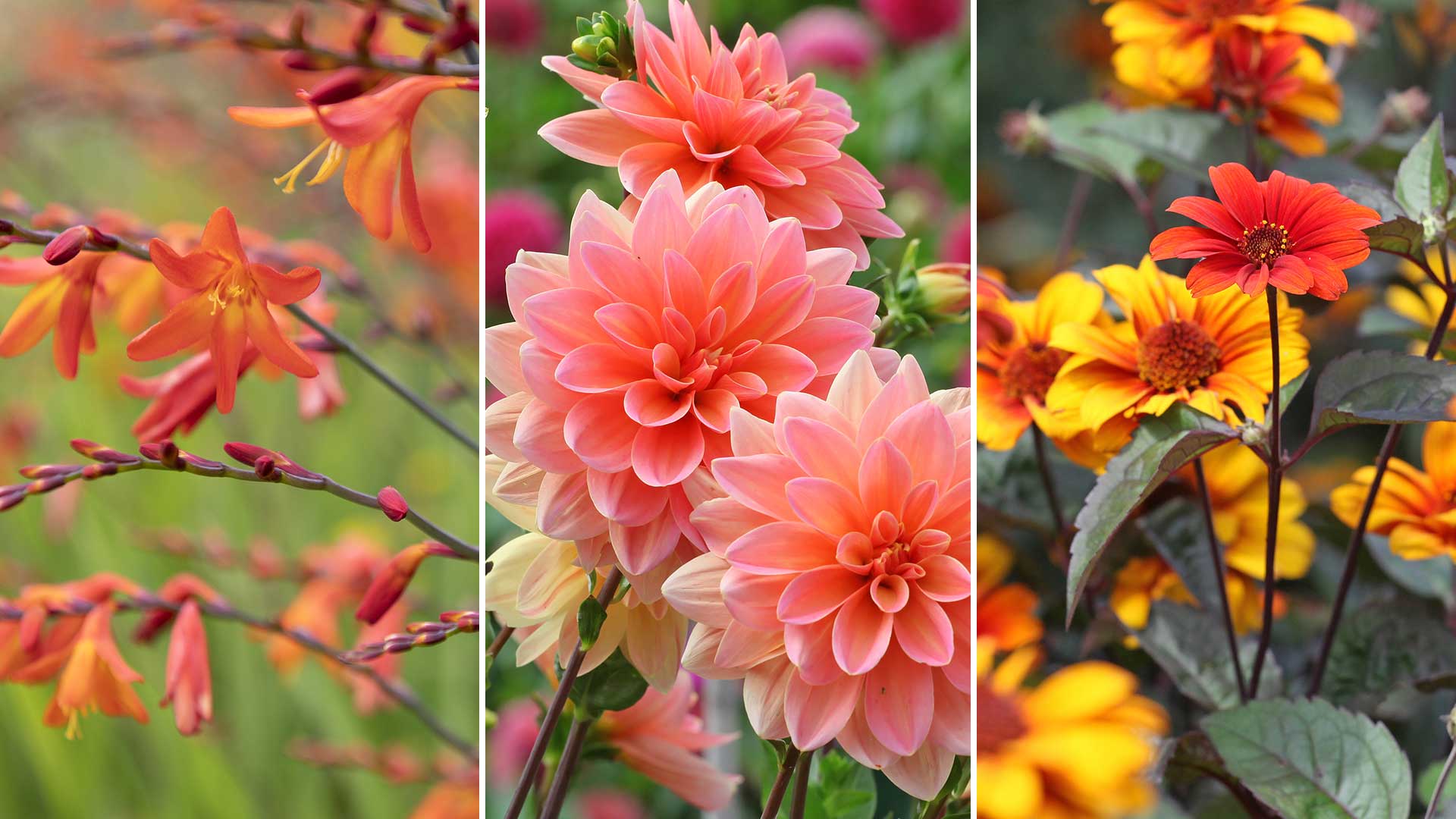

Late summer flowers are some of the most beautiful. They keep our gardens vibrant while the seasons shift, which can help lift the spirits as the nights creep in. These bloomers are beneficial for pollinators, too. And many will continue their show right up until the first frosts.
There are plenty of options to choose from, to suit all sorts of garden trends. So, whether you are looking for statement additions to your flowerbed or pretty plants for pots, you can be sure to find the perfect match.
To help you narrow down your choices and create a spectacular display, we turned to the gardening experts. Below, they share their top recommendations.
8 late summer flowers to keep your garden looking glorious as the seasons change
Consider sticking to a colour scheme when choosing your late summer flowers to create a harmonious look. For instance, you may wish to select pastel hues for a romantic cottage garden theme, or perhaps bold brights are more your style.
1. Japanese anemones
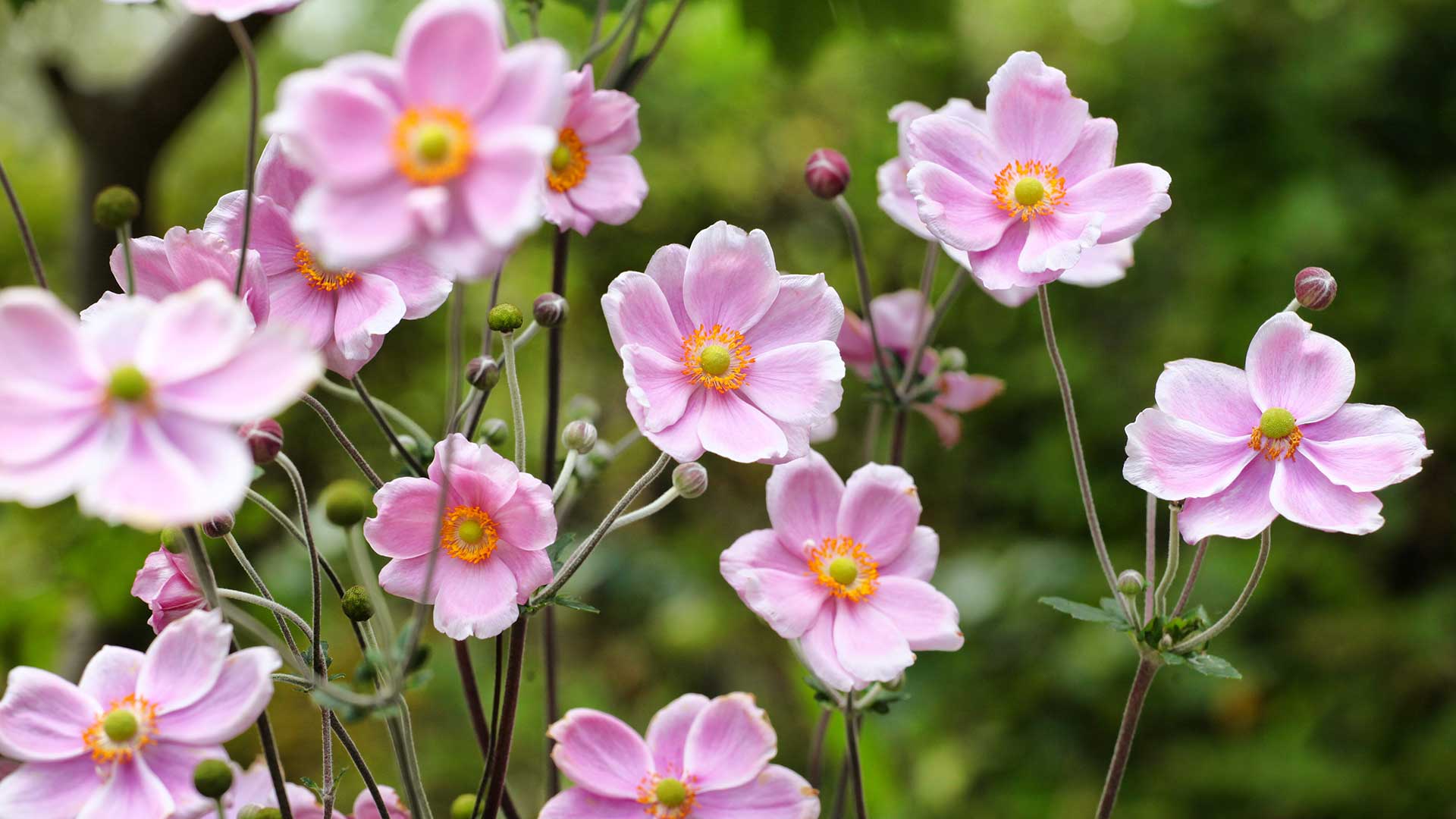
These prolific bloomers come in varieties of pink and white
Charles Carr, head of wholesale nurseries at Hillier, says Japanese anemones add colour when many other perennials are beginning to die back. He highlights their bountiful blooms – "up to 30 flowers per corm being possible" – with a flowering season of six to eight weeks.
Garden designer Harriet Worsley is also a fan of these plants and uses them repeatedly in shady city gardens as they grow well in lower light.
"The great thing about this plant is it works for most schemes – particularly the 'Honorine Jobert', the white version," Harriet says. "A clever way of using it, which I saw planted in the beautiful walled garden at Houghton Hall in Norfolk, is to intersperse it with white cosmos. The cosmos flowers first, and then the anemones follow. Both have similar white flowers on tall waving stems." "Honorine Jobert" Japanese anemones are available from Crocus.
Sign up to our free daily email for the latest royal and entertainment news, interesting opinion, expert advice on styling and beauty trends, and no-nonsense guides to the health and wellness questions you want answered.
Harriet also likes the tattered pale pink flowers of "Queen Charlotte" (also available from Crocus) and the white "Whirlwind" (available from Thompson & Morgan). "They are vigorous spreaders, but in my mind, this is a blessing, not a curse," she adds.
Note that these alluring plants like rich, fertile, and well-draining soil. Digging homemade compost into the planting area will help them flourish.

Charles has been a valued member of the Hillier team since January 2018 and has a wealth of experience and passion for the world of horticulture. After training as an apprentice at Hillier from 1987 to 1991, Charles now oversees site management and team coordination, plant purchasing, production scheduling, and developing Hillier’s range of plants.

Garden designer Harriet Worsley set up Worsley Design & Consultancy after studying Garden Design and Planting Design and studying for her RHS Certificate of Horticulture. She worked as a landscape designer for a firm in Notting Hill and as a weekly volunteer at the Royal Botanic Gardens, Kew, where she honed her plant knowledge. Harriet has a first-class degree from Central Saint Martins, where she has taught for twenty years, is a published author, and lives in London.
2. Penstemons
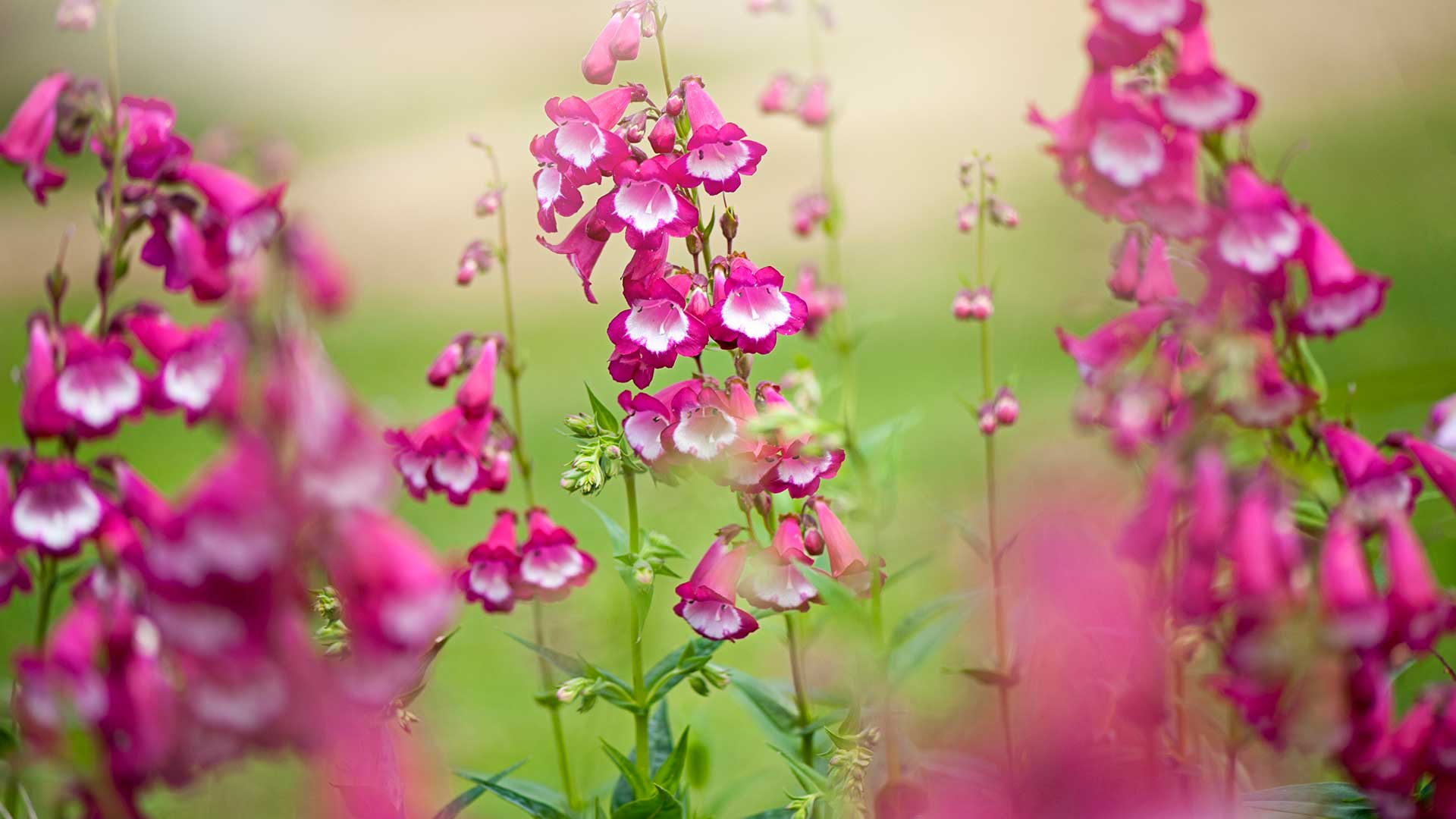
Penstemons work well in cottage gardens
"These upright, bushy plants have tubular, trumpet-shaped flowers often flaring at the tip, surrounded by narrowed, linear green leaves," says Charles. "They are available in shades from deepest purple to delicate pink as well as whites and blues, with some varieties being bi-colours, combining two shades."
Penstemons are loved by bees, are drought-tolerant, and are perfect for a mixed or herbaceous border, says Charles, adding how they thrive in well-draining soil.
In terms of maintenance, he recommends mulching the plants annually with well-rotted manure or leaf mould and feeding them weekly in the summer. He also suggests taking plant cuttings in summer for propagation.
A pretty option is the "Apple Blossom" penstemon from Crocus, which has pale pink flowers with white centres.
3. Dahlias
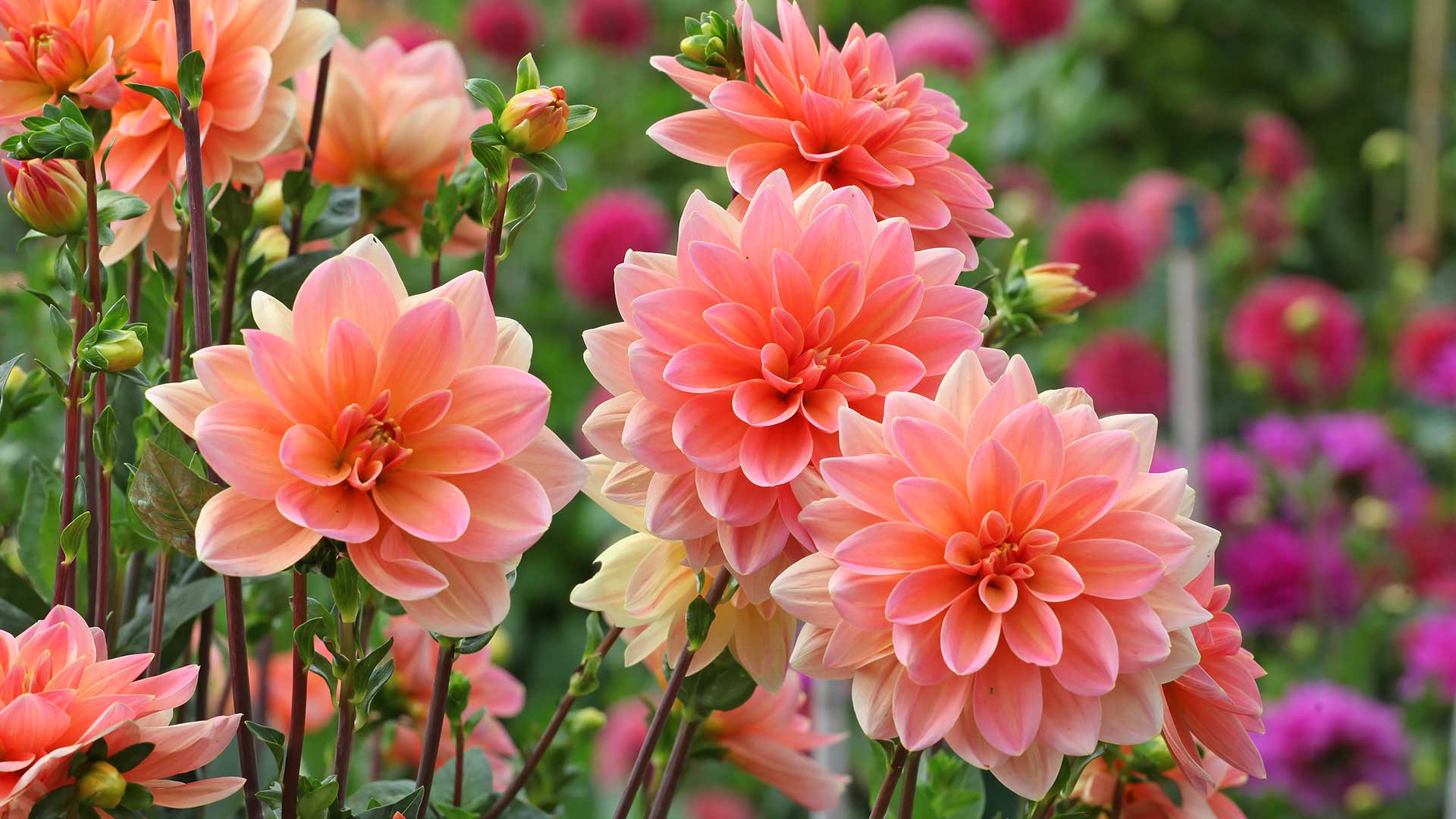
Dahlias come in a multitude of colours and forms
Dahlias are firmly back in fashion and there are tons of varieties to choose from. With a spectrum of jewel-like hues, they dazzle in borders and pots and are relatively easy to look after, although it's worth knowing how to get rid of slugs.
"Flood a bed with dahlias and it’ll look like a Miro painting, with bursts of bright colour in balls or stars," says Harriet. She particularly recommends the big and romantic "Café au Lait" variety, which will act as a "star piece that you need in your garden right now." The "Café au Lait" dahlia is seasonally available at Crocus.
Proper winter preparation is a crucial part of knowing how to grow dahlias to protect the plants from frost. Many gardeners lift the tubers for storing until spring, while those in warmer climates may get away with leaving them in situ, topped with a generous layer of mulch.
4. Heleniums
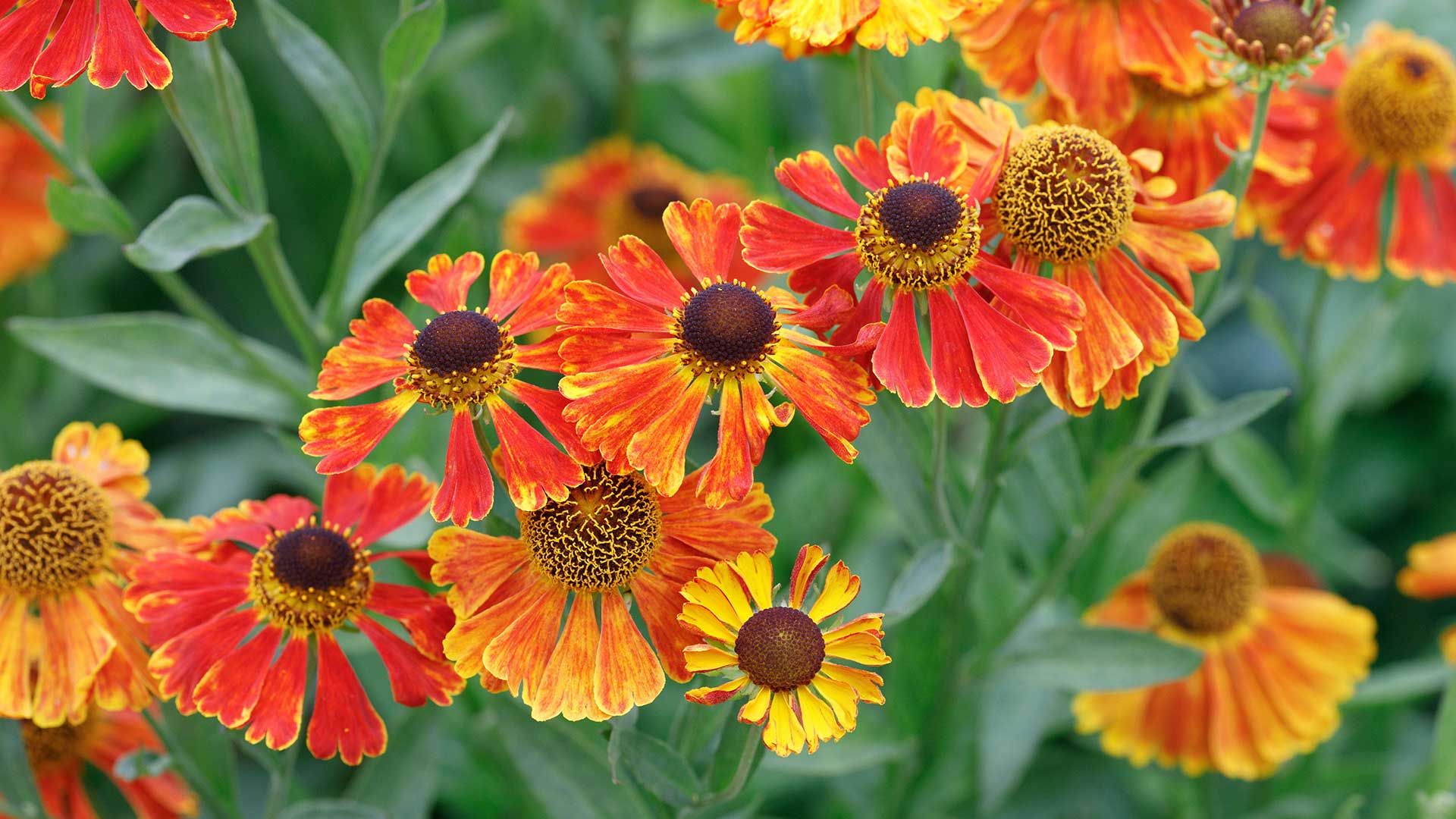
Deadhead these plants to encourage more blooms
"Sun-loving heleniums add an abundance of colour, bursting from mid-summer through into autumn," says Charles. "There are hundreds of varieties to choose from, from hot yellows and reds to vibrant oranges."
Charles notes how these late summer flowers are easy to grow, thriving in most soil types. "Regular deadheading as they finish flowering will encourage future growth and longer spells of colour," he adds. "They can grow to be quite big, so taller varieties may benefit from staking."
Sarah Raven has a helenium collection available to buy, which features three gorgeous varieties.
5. Heliopsis
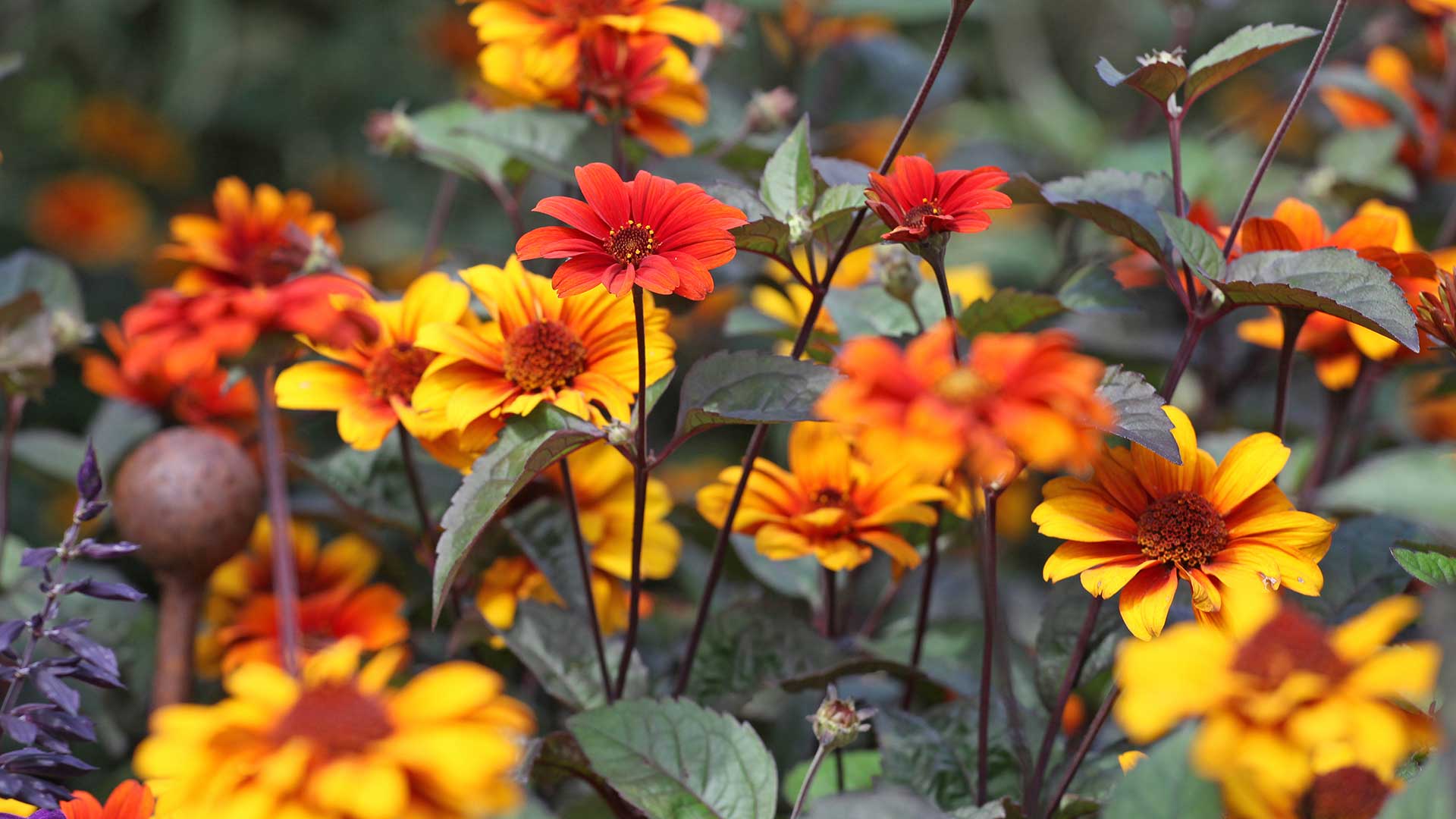
Compact varieties can work well as container plants
Charles also recommends heliopsis, also known as “fake sunflowers”, which are available in a range of heights from 40cm to two meters. "They not only make impressive, colourful features in borders and beds, attracting an array of pollinators, but can also make for lovely cut flowers," he says.
They flower for six to eight weeks, and deadheading will encourage new buds to form, Charles adds.
Try the "Luna Roja" heliopsis variety from Suttons. With its deep orange flowers and dark foliage, it makes a striking patio container plant.
6. Alstroemeria
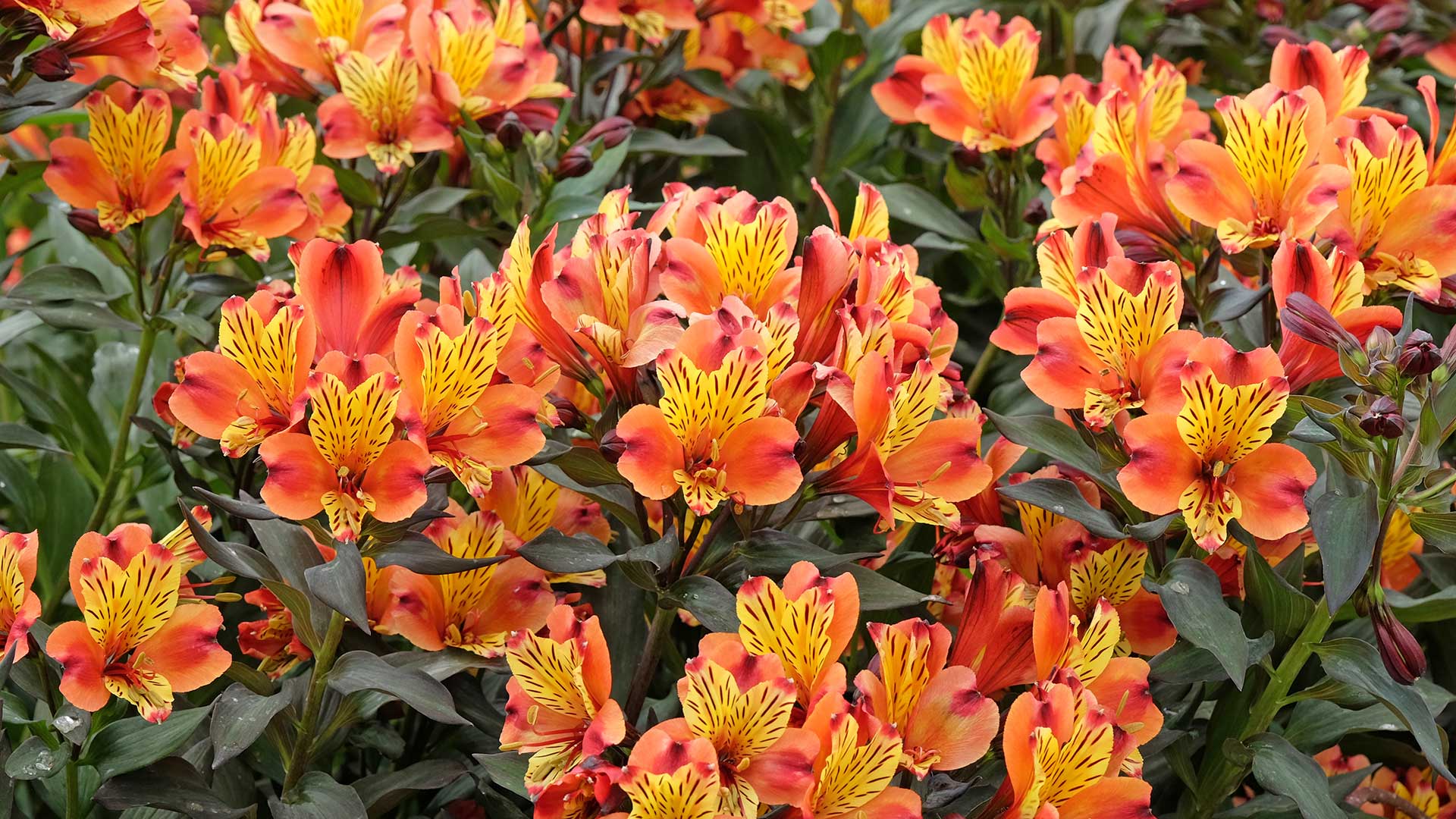
Add warmth to your garden's colour palette with these late summer blooms
Annelise Brilli, a gardening expert from Suttons, says, "Alstroemerias are incredible flower-power houses, pumping out tropical blooms from the beginning of summer to the first frosts."
She particularly recommends the "Valley Collection" (Summer Paradise Series), which is available from Suttons. Newer varieties like this have improved frost hardiness and are compact and bushy, she says. "They do not require staking and make neat specimens for pots or the front of the border."
To get the most from these plants, Annelise recommends feeding them regularly with a high potash fertiliser, such as tomato feed.

Annelise caught the gardening bug from her mother, whose tiny backyard was crammed with a huge collection of plants. As an adult, she had a career change into horticulture, gaining a training apprenticeship with the National Trust at Powis Castle Garden in Welshpool. She went on to work in a range of private and public gardens, later running a garden design and maintenance business. She is passionate about sustainable gardening and has developed her own wildlife-friendly garden which she has opened as part of Macmillan Coastal Garden Trail.
7. Achillea

Achillea "Cloth of Gold" has eye-catching flowerheads
Achillea, otherwise known as yarrows, offer colourful flowerheads and feathery foliage. As excellent plants for pollinators, they are a good choice for a wildlife-friendly garden.
These perennials have a slight reputation for being short-lived, but Annelise says the "Cloth of Gold" variety, available from Suttons, reliably survives the winter on her clay soil.
She notes how the golden-yellow, plate-like flowers provide a good contrast to the daisy-shaped blooms of heleniums. "If it is a little too tall for your liking, just give it a ‘Chelsea Chop’ in late spring, cutting it back by a third. This will delay flowering but keep it more compact."
Divide the clumps regularly, she adds, as it's a vigorous grower.
8. Crocosmia
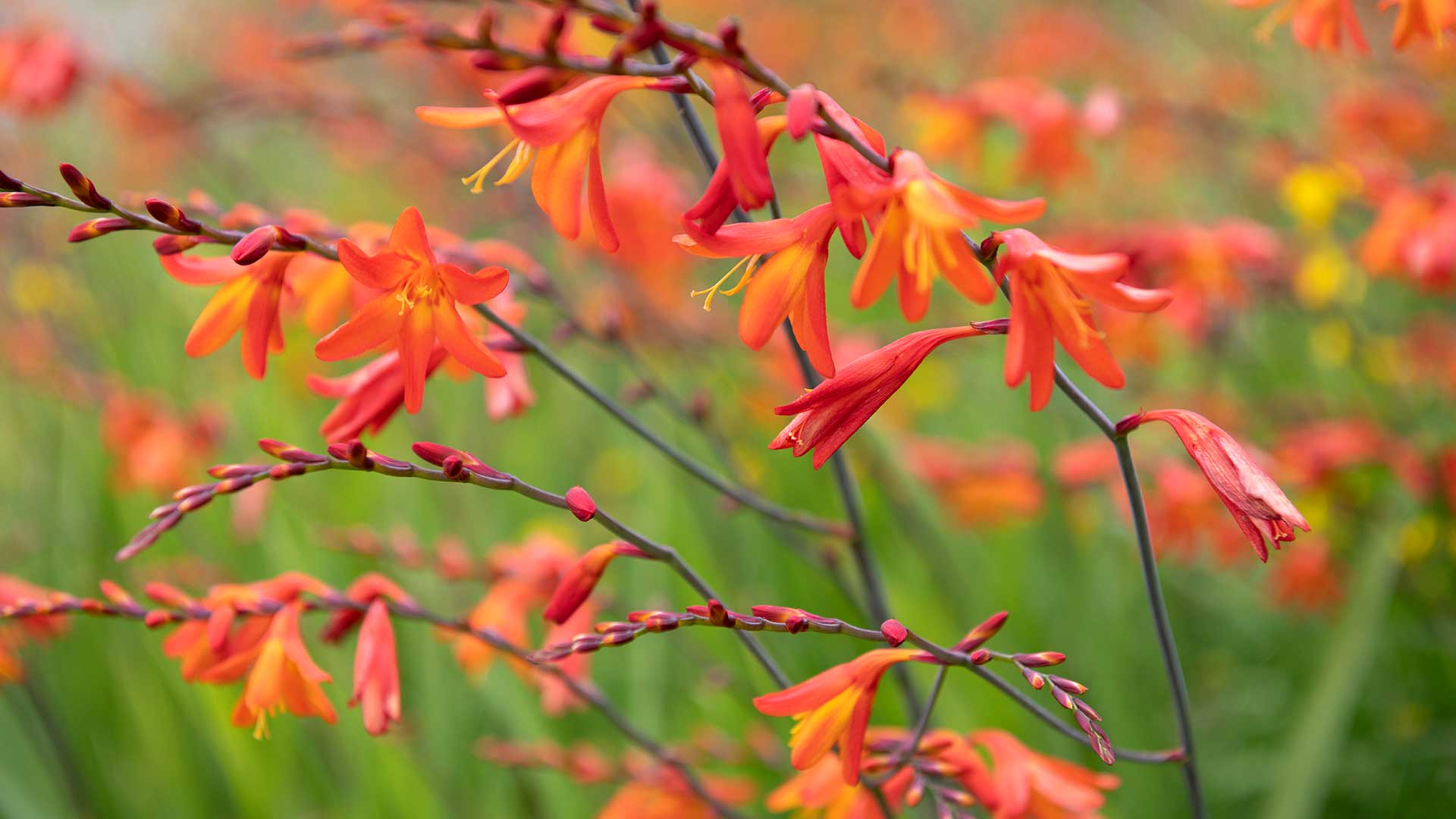
Add height to your borders with this fiery plant
"Crocosmia – any of them, in any shade of searing orange, yellow or red – are a great favourite of mine for this time of year," says Harriet. "They look jolly and bright, particularly surrounded by a sea of green."
Charles also recommends these late summer flowers as a fantastic way to add both height and colour to a garden. Try growing them along the back of your flowerbeds.
"They grow from corms planted around 8cm deep," he says, adding how they require fertile and moist but well-drained soil. Dividing them up every three to five years will encourage better flowering, he notes.
FAQs
What are some recommended annuals for late summer flowers?
Annuals are low-cost and quick to grow from seed, and there are some that will continue flowering into the autumn.
Nasturtiums are a lovely example – a scrambling plant with fiery-hued flowers and lily-pad-like leaves. Petunias are another good option. If you're planting a hanging basket, both are top choices.
For borders, try zinnias, such as the "Genoa Benary" mix from Sarah Raven. These gloriously vibrant blooms look just as splendid arranged in a vase.

Zinnias offer a range of sizzling hues
What are some good planting partners for late summer flowers?
Charles recommends using ornamental grasses, sedums, and ferns to provide a balance of textures, heights, and structures. What's more, grasses can also add interest to the garden over the winter months.
Remember to check labels and plant taller plants towards the back of your display, so that nothing is hidden from view.
As the warmest season comes to a close and flowers begin to fade, it's well worth learning how to collect and save seeds. That way, you can grow new plants for free.

The garden was always a big part of Holly's life growing up, as was the surrounding New Forest where she lived. Her appreciation for the great outdoors has only grown since then; she's been an allotment keeper, a professional gardener, and a botanical illustrator. Over three years ago, Holly started writing about plants and outdoor living full-time, first for Gardeningetc.com and now for popular lifestyle titles such as Homes & Gardens.